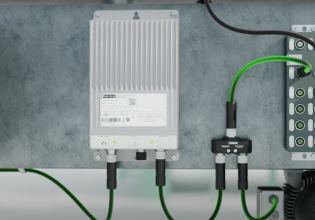T
OK try to picture this, i'm on a ship with 4 2282 kVA Generators,Gens 1 & 2 feeding one switchboard and 3 & 4 feeding another. Both switchboards can be connected together via a bustie.
The whole ship can easily run off 2 Generators, but whilst sailing we run 3 as a precautionary measure in case one of them fails. The law states that when we are in DP ("Dynamic Positioning" a setting which hold the ship in one position) we must have all 4 Generators connected with the Bustie open.
Everything has been running fine until the company decided to install an AGS system which will Automatically stop & start Generators as per load requirements. Apparently this bypasses the law requiring the 4 Generators and results in significant fuel savings.
The problem is this system has quite a few fail-safes, one being it will disconnect any Generator with more than 10% kVar variance. As stated in my summary we have one with approximately 30% variance, which renders the system unusable.
Any suggestions help would be greatly appreciated.
The whole ship can easily run off 2 Generators, but whilst sailing we run 3 as a precautionary measure in case one of them fails. The law states that when we are in DP ("Dynamic Positioning" a setting which hold the ship in one position) we must have all 4 Generators connected with the Bustie open.
Everything has been running fine until the company decided to install an AGS system which will Automatically stop & start Generators as per load requirements. Apparently this bypasses the law requiring the 4 Generators and results in significant fuel savings.
The problem is this system has quite a few fail-safes, one being it will disconnect any Generator with more than 10% kVar variance. As stated in my summary we have one with approximately 30% variance, which renders the system unusable.
Any suggestions help would be greatly appreciated.






